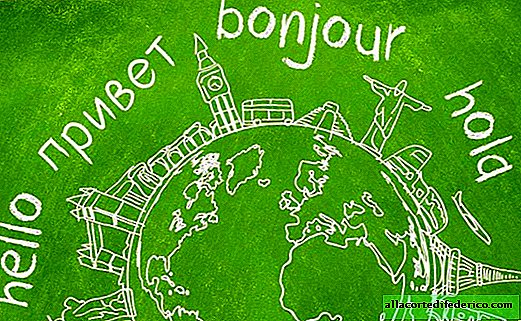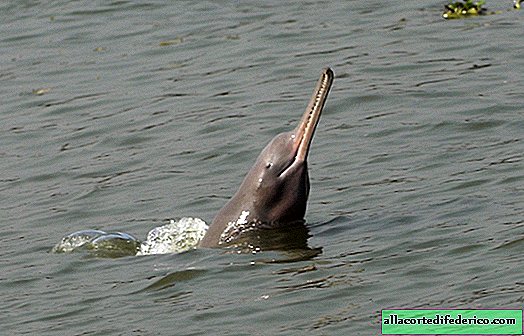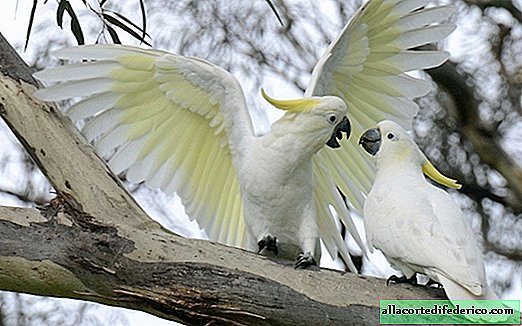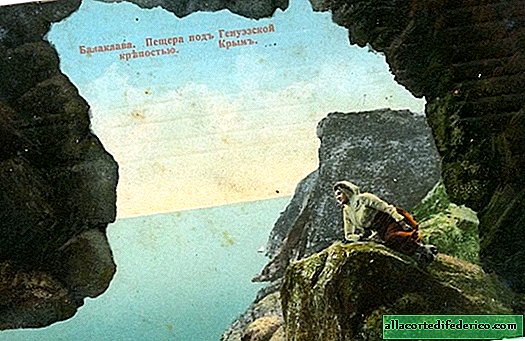The most complex languages of the world that will make despair of any polyglot
Knowledge of foreign languages is an integral part of the modern world. Someone lives in a country with two or three state languages, and besides their mother tongue, he speaks another one from birth, while someone purposefully teaches foreign languages in order to travel freely around the world or excel in professional activities. But there are languages on our planet that are very difficult to learn, even with a great desire.
The complexity of the study, of course, depends on the language spoken by the person who wants to learn new knowledge, and the list below will be largely relative. Nevertheless, there are a number of criteria, such as unusual grammar features, the total number of letters and sounds, pronunciation nuances characteristic only for a given language, which affect the complexity of learning a language.

Basque
This language, considered the most difficult in the vastness of Europe, is spoken by about 800,000 people. This is a very ancient language that has virtually no connection with neighboring languages. Basque refers to the so-called agglutinative languages, in which suffixes and prefixes are used to form new words, and each of them carries only one meaning. Although the Basque alphabet consists of 22 letters, the grammar of this language is very complex.
Finnish
Another European language that is extremely difficult to learn is Finnish. There are several past tenses in this language, but no future at all. In addition, the Finnish language has 15 cases, about 100 conjugations and personal forms of the verb.
Icelandic
 It is sometimes difficult for tourists visiting Iceland to pronounce local names, as they are long and complex
It is sometimes difficult for tourists visiting Iceland to pronounce local names, as they are long and complexThis language, due to island isolation, has been preserved almost unchanged from ancient times and is very similar to the Old Norse language. The Icelandic language has a lot of unpronounceable long words, as well as a very complex grammar. The only thing that can please a person who wants to learn Icelandic is that the emphasis in words is always put on the first syllable.
Chinese
The expression "Chinese letter" is not in vain a synonym for something unimaginably complex: Chinese is very difficult to learn. There are more than 85,000 hieroglyphs in it, and in order to start reading the simplest sentences, you need to master about 1,500-2,000 hieroglyphs.
Japanese
Japanese is quite difficult to learn, thanks to its specific grammar and many hieroglyphs. Japanese is also an agglutinative language in which word formation is carried out using a variety of suffixes.
Navajo
 Navajo Indians in national costumes
Navajo Indians in national costumesThe Navajo language is spoken by representatives of the North American Indians of the same name. It is so difficult to study that it was even used as a cipher during World War II, and the Indians themselves worked as radio operators. This is a tone language in which the meaning of words depends on the intonation with which they are pronounced.
Tuyuka
Another language that is incredibly difficult to learn is the language of the Tuyuk tribe, which lives in the jungle of the Amazon. Linguists count in this language more than 100 classes of nouns. Tuyuk language has many difficulties in word formation, as well as specific verbal endings.
Eskimo
About 85,000 people currently speak Eskimo, and the Eskimos, who live in northern Canada, Alaska and Greenland, are gradually losing their native language skills and are switching to English. Undoubtedly, English is much easier than Eskimo, which has a very complex grammar.
Tabasaran
Tabasaran is spoken by Tabasars, who live mainly in Dagestan. The number of speakers of this incredibly complex language is about 125 thousand people. The language has more than 40 cases and a complex system of verb declension.
Khoisan languages
 Green indicates the distribution area of Khoisan-speaking tribes
Green indicates the distribution area of Khoisan-speaking tribesThe languages of this group are spoken by about 370 thousand people living in southern Africa, in the Kalahari Desert. In this language there are specific clicking consonants (clicks), and the language itself was formed under the influence of a long isolation of its speakers from neighboring peoples.
Tagalog language
About 50 million people speak this language, mainly residents of the Philippines. Filipino is also based on Tagalog, which incorporates many borrowings from European languages. Tagalog is agglutinative, with many different suffixes, which play an important role in word formation. Tagalog language also refers to tone languages, in which the nuances of intonation with which a particular sound is pronounced are very important.
Chippewa
Only about 5,000 Native American Chippewa people speak this language. This amazing language has about 6,000 forms of the verb, so to master the grammar of the Chippewa language, you need to make a lot of effort.

















